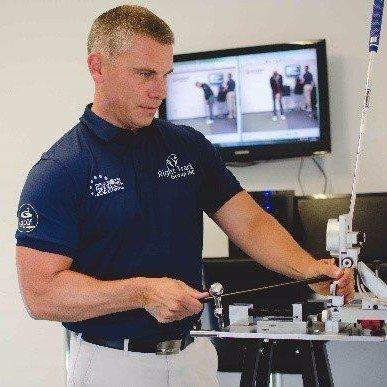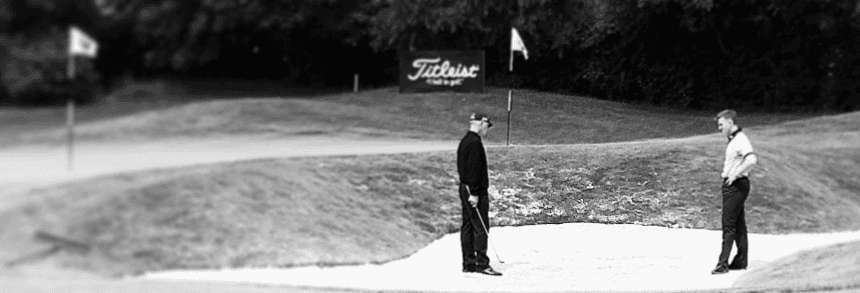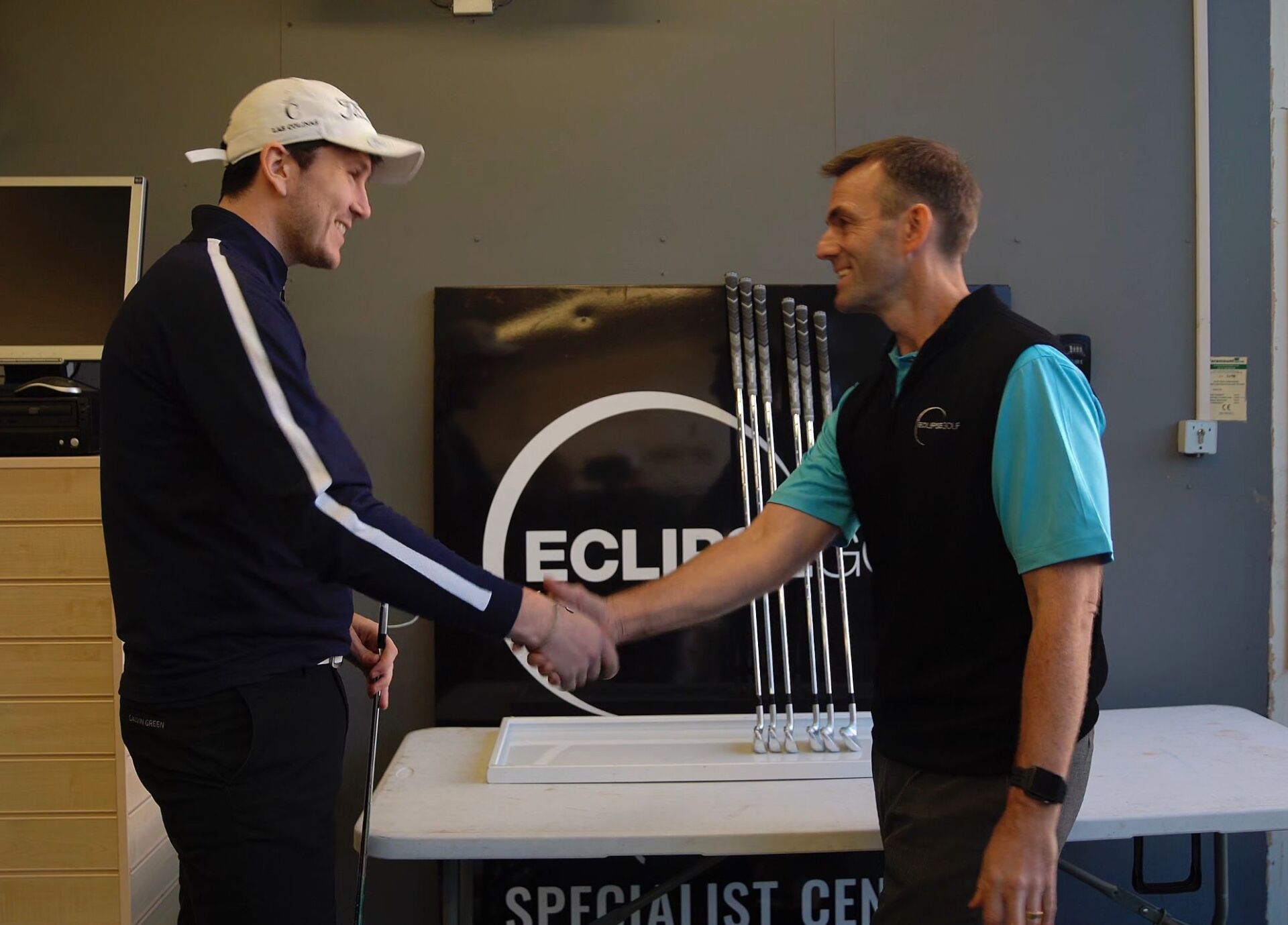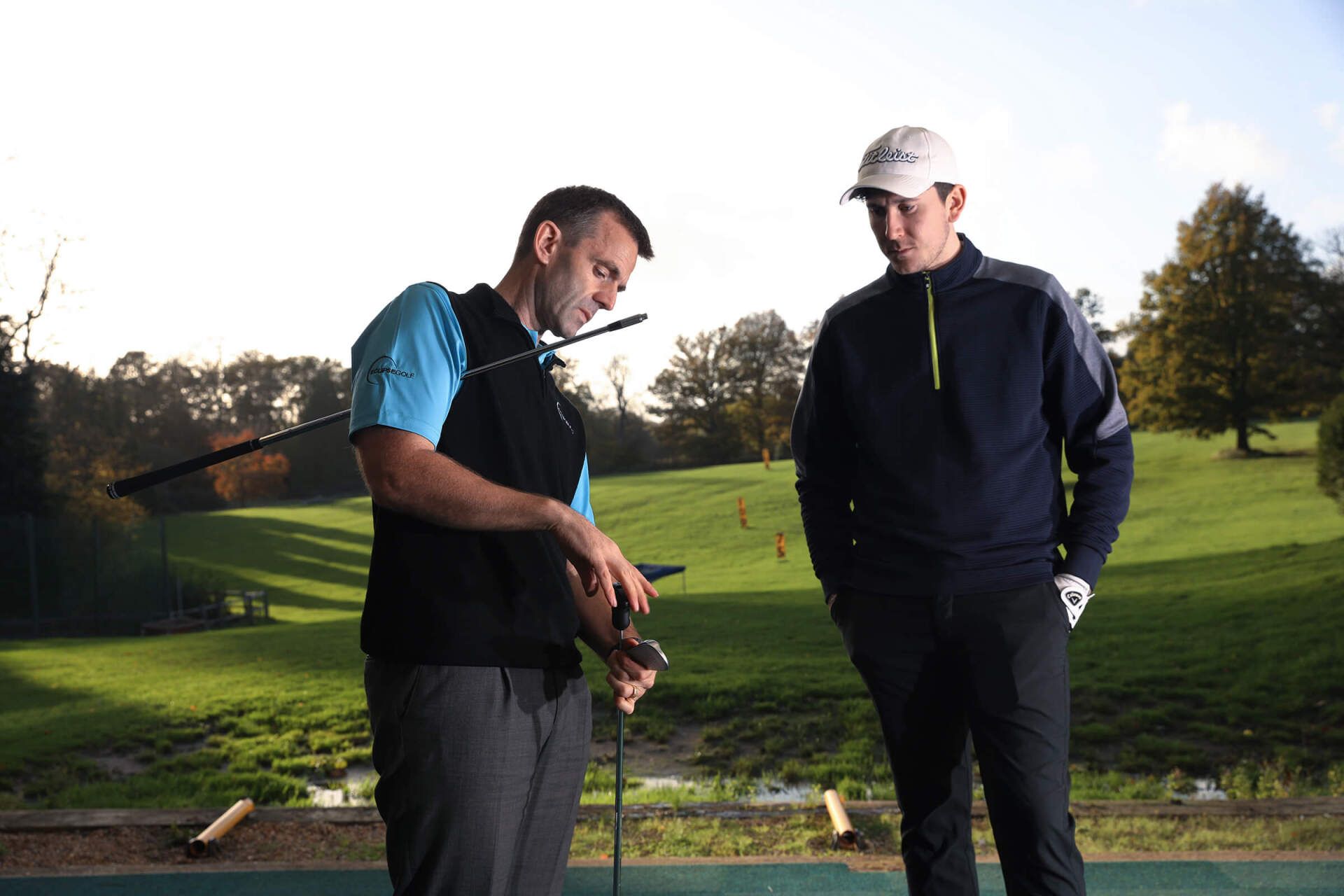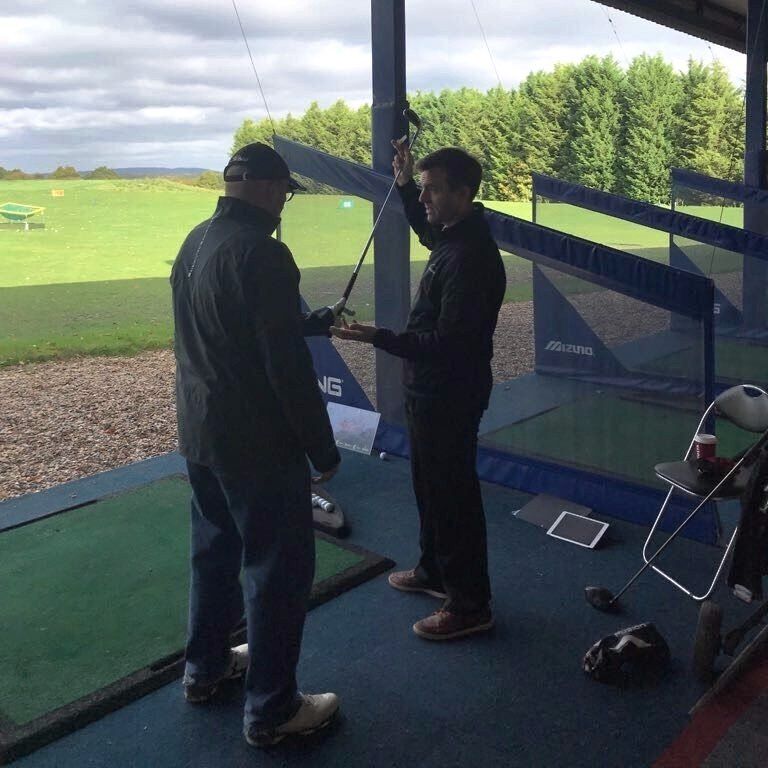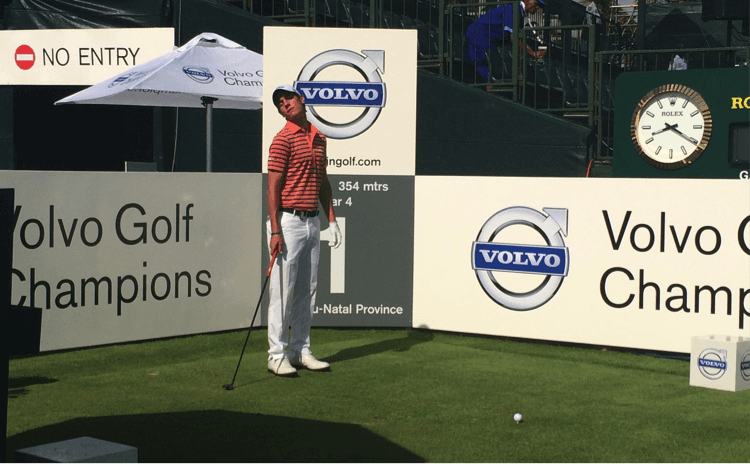Custom Fitting for Beginner Golfers
An article by Rhys Atkinson, PGA AAT Professional and Founder of Eclipse Golf – The Equipment Specialist Company.
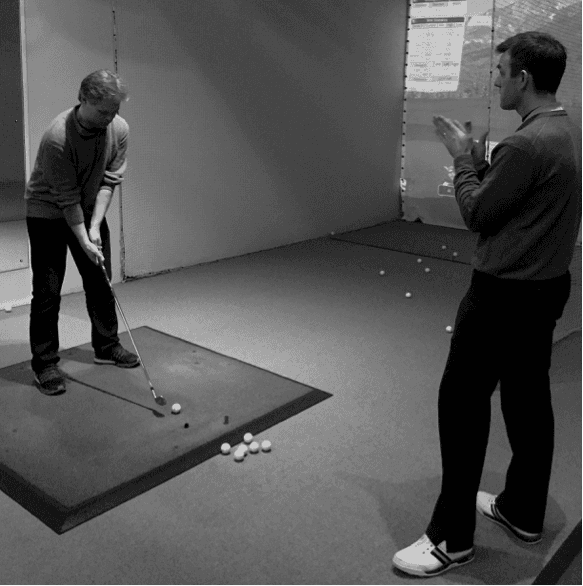
It’s a common assumption that you need to have a consistent swing before you need to pay attention to your equipment or have it ‘custom fit’ for you in any way. I can understand that - if you’re looking to learn or improve your game the most obvious place to start looking for help is with your local PGA Pro and have him or her help you build a repeating swing and rightly so.
What is less obvious is the impact that ill-fitting equipment will have on your ability to learn and the speed of your progress. This is more important for a beginner golfer than any other. All PGA coaches will confirm how important it is to set up properly and consistently. This becomes more difficult on both counts when the club in question is an inappropriate length or lie angle.
When you’re learning, getting the ‘set up’ correct can be awkward as you learn how to hold your posture, position your hands and find the right balance. Most Pro’s will find a club that looks appropriate for the student to learn with but its rare for a student to have their arm length taken and cross referenced with height in order to ensure the club they are learning with will compliment their build and so make the all important ‘set up’ as easy as possible to master quickly.
The length part of the equation is usually covered by most Pro’s through the use of a mid iron like a 7-iron to learn with. The length of this iron club is considered to be manageable and relatively appropriate for most players. The actual length we are talking about is approximately 37” for a men’s 7 iron and 36” for a ladies. That’s important – there is no industry standard for any of the club lengths, lofts or lies so you shouldn’t assume that all 7 irons are made equal which is why paying attention to detail at the early stages is very important including the actual length measurement.
All 7 irons are not created equal:

The lie-angle, which relates to how high the toe sits up in the air at address, is particularly important for a beginner golfer. If it is wrong they will instinctively make amends in how they stand, position their hands and swing in order to strike the ball cleanly. This will result in unwittingly deviating away from the coach’s instruction. In short the club is preventing the student from swinging better. We already know there is no industry standard for the lie angle measurements and these can vary significantly from brand to brand and model to model. Its all too common for the lie angle to be ignored for a long time before the realisation that the reason for a particular swing movement is rooted in this measurement being a poor fit for the player.
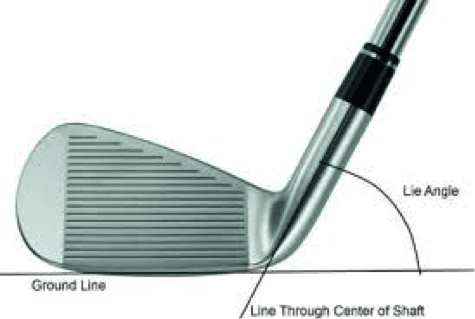
These two fundamental elements of length and lie should be reason enough to highlight why custom fit equipment right from the outset is so important. For a sport that can at times be frustrating to master (which is also part of its appeal) it makes sense to pay attention to these details at the start of the learning process.
When it comes to the actual swinging of the club there are many important elements to consider to ensure your equipment compliments your strength, speed and style and works in harmony with the elements of instruction you receive from your coach. I set up Eclipse Golf to address the details of equipment for golfers because they matter and are too often glossed over, mostly due to the eagerness to get into the swing mechanics. My advice is a little haste will compliment the expertise of your coach. Your equipment is important right from the start.
Having said that your equipment needs may change as you progress. Its important to have all of the below considered to match your equipment to your current swing but also to consider the likely changes required for the future. This is where it helps to have coach and equipment advisor working together. With this approach you are given a cost effective solution that will likely involve club adjustments to keep up with your progress. One of the services we offer at Eclipse Golf is to build a club to learn with for beginners that matches their build, strength and unique characteristics to compliment any lessons or just allow them the best chance for good results. This custom built iron will be a 6 or 7 iron of a top brand and will be no more than £25 to purchase. This is a fantastic way to ensure you’re learning of the game is fun and as easy as possible.
All of the below elements are relevant to you regardless of your ability. You don’t need to understand it all – that’s our job, but be sure that they WILL affect your results somehow and that experienced advice on these elements is hugely important.
Swing-weight – this relates to how heavy the club-head feels and can be measured on a swing-weight scale. A player’s strength, speed and natural swing tempo will lend themselves to a certain swing-weight range. A good analogy to compare this too is tenpin bowling – if you’ve ever been you’ll appreciate that finding the right weight (different colours) of house bowling ball from the rack is hugely impactful on your accuracy, the speed of the ball and (if you are good enough) how you make the ball curve. The weights we are talking about in a golf club are smaller but still of the same importance. Swing-weight is not often considered in the learning OR fitting process but with the right guidance can make the game more fun and enjoyable to learn and play and will help you achieve better results without you even realising why.

Shaft choice – a devilish subject to tackle as the array of choice is wide and varied. In short the selection here considers many different aspects such as weight, balance and flex that can be measured and changed to suit a beginning players natural strength and basic swing characteristics. There is no simple way to classify this – the flex designation of a shaft (usually Ladies, Senior, Regular, Stiff and Extra Stiff) is often used in basic fitting to get something relatively appropriate but the difference between shafts of the same flex category will differ significantly.
Much like Harry Potters Wand - every shaft model has its own character that should match your swings character. This is an area that experience and knowledge is vital to get the best advice and make the most informed decision. At Eclipse Golf we have a unique method of understanding a shafts character, which I developed when working on The European Tour - it was designed to make sense of the thousands of shaft performance options available to the Tour Reps.
Shaft Choice - they all have a character - which one suits you
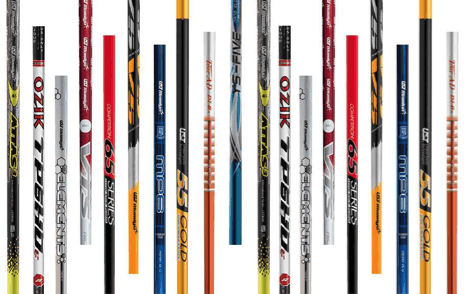
Wand Choice! Are you Harry or You Know Who?!
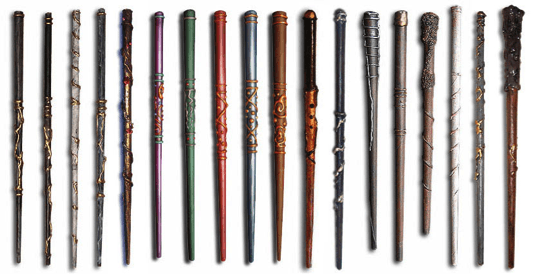
Set make up – this refers to your choice of clubs. For a beginner this can be daunting but it does not need to be so. This choice falls under the ‘custom fit’ umbrella and it will ensure any investment into clubs is cost effective. You are allowed to have 14 clubs in your bag but many golfers do not need this many and choosing the best options for the players involves much consideration.
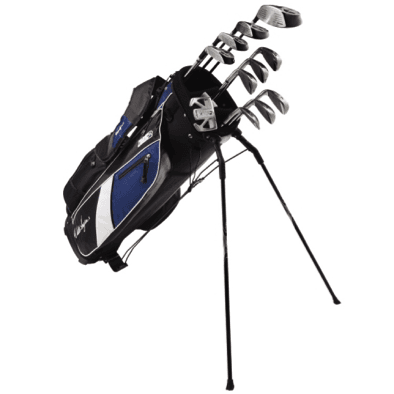
Model
choice
– there is without doubt some wonderful
technology available to benefit from. I was fortunate to work very closely with
the Callaway R&D department for around 15 years and was able to get
insights and in depth information on club design that most people are not privy
to. Your choice of club head is important. It involves consideration of shape,
size, sole design, bounce, offset, loft, weight, grip type, size & tape distribution
amongst other factors.
Choice of club model does not need to involve new clubs. There are second hand options or it may be that your current clubs are perfectly suitable. Rest assured though that we will be in a position to give you the most experienced advice on any new clubs you are considering.
In summary I hope this information is useful and the message to new golfers to get their equipment right early hits home. Like any good project your successful improvement requires a plan. That plan must include equipment as one of the foundations.
To see the services that Eclipse Golf can help you with please click the below website link or to get in touch with us for free advice please contact us on the below details.
Rhys Atkinson,
Eclipse Golf Ltd
Office: 01293 223 038
Mobile: 07715 419 862
Email: enquiries@eclipse-golf.co.uk
